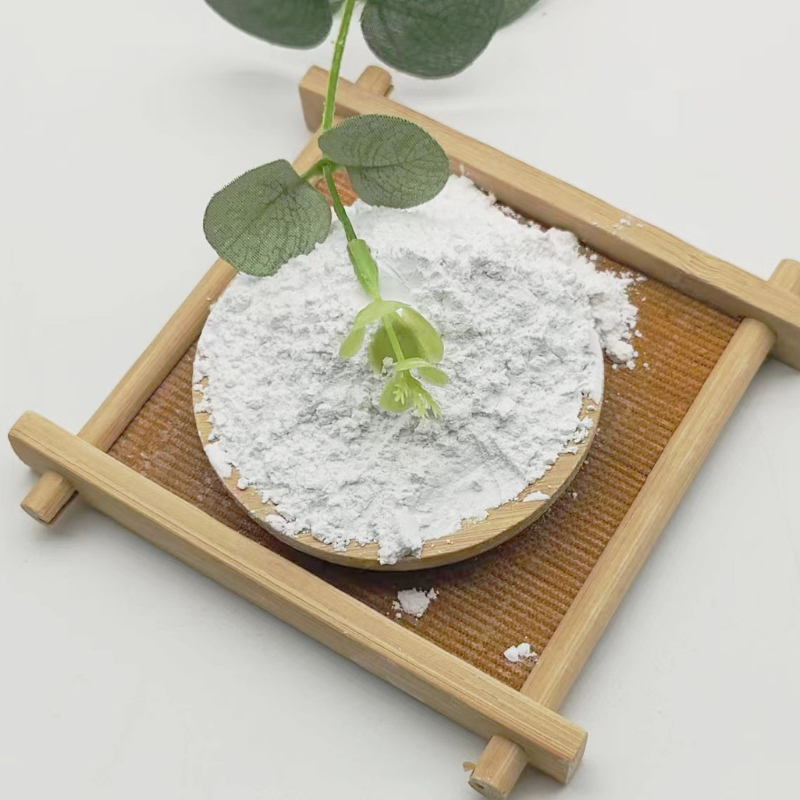
Exploring the Benefits of Perlite in Garden Soil Enhancement and Plant Growth
The Use of Perlite in Gardening
Perlite is an innovative and versatile material that has been gaining popularity among gardeners and horticulturists alike. Derived from a naturally occurring volcanic glass, perlite is heated to expand significantly, resulting in lightweight, porous granules that offer numerous benefits in gardening. Whether you are a novice gardener or an experienced horticulturist, understanding the use and advantages of perlite can greatly enhance your gardening experience.
1. Improving Soil Aeration and Drainage
One of the primary benefits of perlite is its ability to improve soil aeration. In heavy or compacted soils, the addition of perlite creates air pockets that facilitate better oxygen flow to plant roots. This is particularly crucial in container gardening, where soil can easily become compacted over time. By incorporating perlite into your potting mix, you can ensure that your plants have access to the oxygen they need for healthy growth.
Additionally, perlite is excellent for enhancing drainage. Overwatering is a common issue that leads to root rot and other diseases in plants. By adding perlite to your growing medium, excess water can flow away more easily, thereby preventing waterlogging. This feature makes perlite an ideal component for various potting mixes, especially those designed for succulents and cacti, which thrive in well-draining conditions.
2. Lightweight Component for Potting Mixes
For those involved in container gardening, the weight of the soil can be a significant concern, especially for larger plants. Perlite's lightweight nature ensures that the overall weight of your potting mix remains manageable. This is particularly beneficial for hanging baskets or large containers that need to be moved frequently.
Moreover, using perlite allows gardeners to create a custom potting mix that suits specific plant requirements. For instance, combining perlite with compost and peat moss can result in a well-balanced mix that provides adequate nutrients while maintaining ideal moisture levels. This versatility is invaluable for growing a diverse range of plants.
use of perlite in gardening

The porosity of perlite not only improves aeration and drainage but also enhances root development. Healthy roots are crucial for nutrient uptake, and perlite helps create an ideal environment for root growth. The air spaces within perlite encourage the formation of fine root hairs, which are essential for absorbing water and nutrients. As a result, plants treated with perlite often exhibit stronger and more vigorous growth.
4. pH Neutrality and Chemical Stability
Perlite is chemically inert, making it an ideal additive for any potting mix. It does not alter the pH of the soil, ensuring that the nutrient levels remain stable for plants. This pH neutrality is particularly beneficial for sensitive plants that may be adversely affected by fluctuations in soil chemistry. Additionally, perlite does not provide any significant nutrients, meaning that it will not interfere with the nutrient management strategies of the gardener.
5. Sustainability and Environmental Benefits
As gardeners become more conscious of environmental sustainability, the use of perlite stands out as a beneficial choice. It is a naturally occurring resource with minimal ecological impact when harvested responsibly. Furthermore, its durability means that it can be reused across multiple growing seasons, reducing waste.
Conclusion
Perlite is a valuable asset in the world of gardening, offering a multitude of benefits that enhance soil quality and promote healthy plant growth. From improving aeration and drainage to supporting root development and ensuring pH neutrality, its advantages are evident for both indoor and outdoor gardening. As you embark on your gardening journey, consider incorporating perlite into your soil mixes for optimal results. With its myriad of uses, perlite can be your secret weapon in creating a thriving garden.
Share
-
Fly Ash Solutions Enhanced by GPT-4 Turbo | Sustainable InnovationNewsAug.01,2025
-
Natural Premium Bentonite Cat Litter - Superior ClumpingNewsJul.31,2025
-
Premium Resin Coated Sand - High Heat Resistance CastingNewsJul.31,2025
-
High Quality Silicon Carbide Grit for Abrasive ApplicationsNewsJul.30,2025
-
High-Quality Ceramsite for Plants & Gardening | Lightweight PebblesNewsJul.29,2025
-
Premium Burgundy Glass Marbles for Vases & Shooter GamesNewsJul.29,2025






